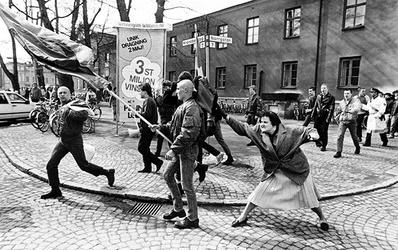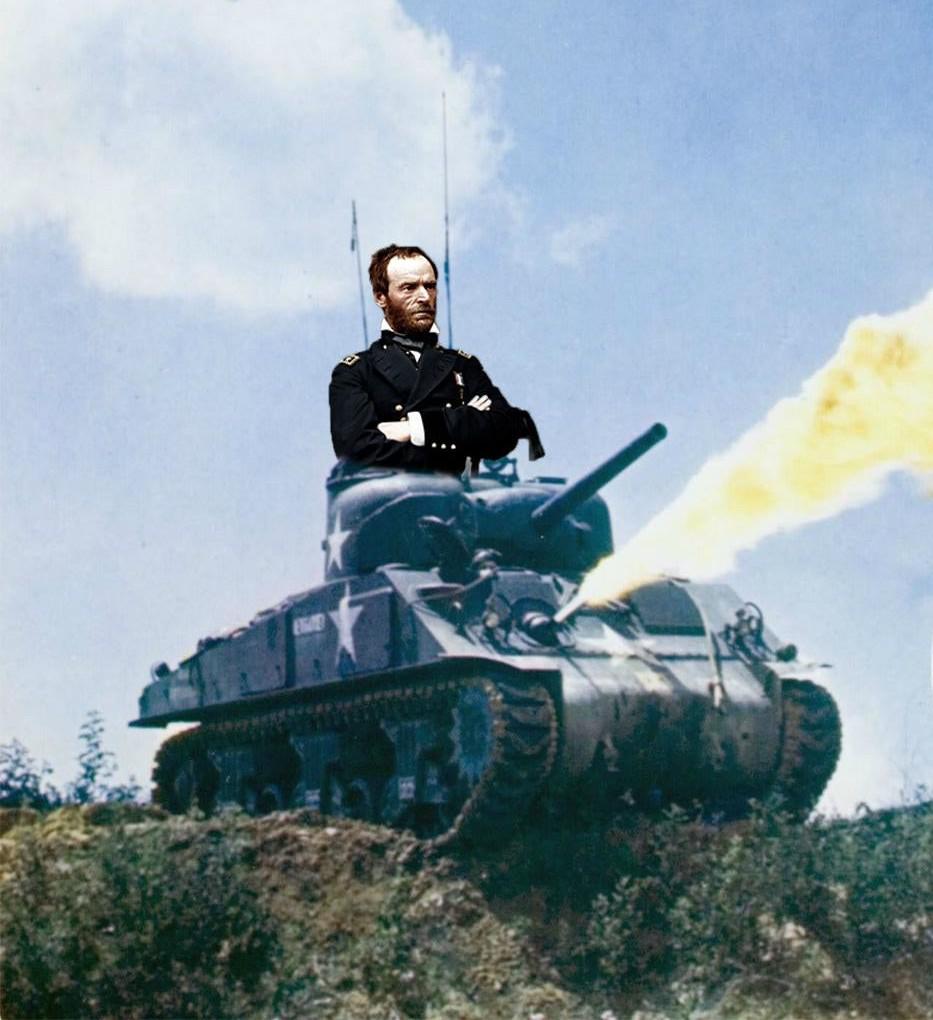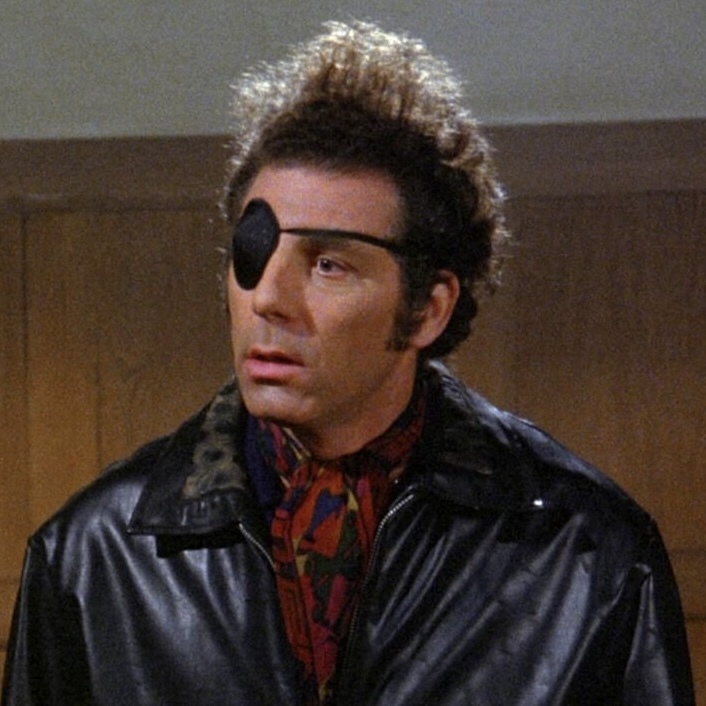What is it with that style of sunglasses and conservative men
You can get them in any gas station.
Master Racebands
”Dressing fashionable is gay” - Average Cuntservative
My hometown is boring and nothing politically exciting ever happens here.
If a crowd of fascist fucks ever comes marching down my street some day in the future, though, I’ll finally have a chance to try out my expired fire extinguisher that I recharged and filled with glitter.
It turns out you can buy the stuff on the internet by the pound.
Not to cast doubt, but how exactly did you do that? How did you get glitter into the pressurized compartment? What exactly is the propellant agent that’s mixed with the glitter? I guess it could be one of those old types that just sprays water, but you don’t typically “recharge” those. That’s something you do with the chemical extinguishers.
Most residential fire extinguishers are trivial to refill if you have a pipe wrench and an air compressor. Medium sized commercial ones are even easier, since many of them have recharging valves on them, and many of those are actually just the same as a regular Schrader tire valve.
[Insert Jolly Roger’s Cookbook Style Disclaimer Here]
You can just grab the entire valve assembly with a pipe wrench or even clamp it in a vise and give it a good twist and you’ll find that it unscrews. Note: You will find it much easier to unscrew, not to mention make a lot less of a mess, if you do this when the thing doesn’t have any pressure in it… The majority of modern fire extinguishers are filled with some kind of fine powder, which you can either dump out or, if you are starting with a fire extinguisher that’s already been expended, there will be very little of it left in there anyway.
Grab a funnel and fill the extinguisher’s cylinder with your payload to about halfway full, right through the neck where the valve goes. You need some air space at the top for your propellant, so don’t fill it up all the way. Unless you are such a dedicated and well equipped nut that you probably didn’t need instructions in the first place, your propellant will be compressed air.
Bung the valve back on the cylinder and if you’re lucky it’ll have a recharge valve and you can just pump it up like a tire. Watch the pressure gauge on the side. Get it in that green zone in the middle and you’re good to go. If your extinguisher isn’t the type intended to be recharged, no worries. Get a blowgun with a rubber nozzle on it and press it into the nozzle on the fire extinguisher, hold the valve open, and inflate it right through the outlet with your air compressor’s blowgun. The latter method may cause a small amount of backblast of whatever you filled the thing with, so don’t do this if you filled it with anything really nasty and either way preferably do it outside.
It probably doesn’t work as well as a commercial refill (which I believe for most models is done with liquid CO2) but it absolutely will dispense most of whatever you used to refill it with alarming volume and velocity. Most extinguishers can dispense either liquid or powders, regardless of what they were originally filled with…
Edit to add additional notes:
-
If your extinguisher has a rubber hose on the nozzle and you need to pressurize it through said nozzle, obviously temporarily remove the hose first.
-
As your attorney I advise you to clearly mark your modified extinguisher somehow to indicate that it will now be 100% useless at extinguishing fires, especially since you recharged it with compressed air which is full of oxygen.
-
If you plan to make a habit of this with a nonrechargeable extinguisher, you can drill a hole in it and install a screw-in style tire valve of the type meant for truck rims. These are only a few bucks online or at your local well stocked auto parts store, and are also immensely useful for pressurizing other things that probably shouldn’t be like 2 liter soda bottles (through the cap), empty 12 lb. propane tanks, and the air reservoirs in homebrew potato cannons.
Glitter fire extinguisher instructions for repelling chuds are what the internet was made for
I miss the old times when this was true - the internet held such possibility and promise.
…I really hope this yearning for a lost time isn’t the catalyst for my mental facilities to decay into chud-dom.
Do they make compostable glitter? Or is that just dirt.
Mica flakes, maybe. Certainly not compostable, but at least found in nature in quantity.
And stupid dangerous to get in the eye. Like most things, though, I guess. Fuckem.
r/best of == what, here? 🤩🤘🏽
I’ve seen a c/bestoflemmy in some instances
-
does it actually work?
Yes. I can turn anyone or anything fabulous to a range of about 20 feet.
I’m represented by that old white man humping a flower.
Filthy Modremoth weeds trying to get in my pants again…
🫡🫡🫡
Based
based
Not an asshole casted fireball
Accidental Renaissance?
o7
I’ll never forget this picture
Here is another one with the same sentiment:

Wikipedia
Someone get this man a flamethrower!








